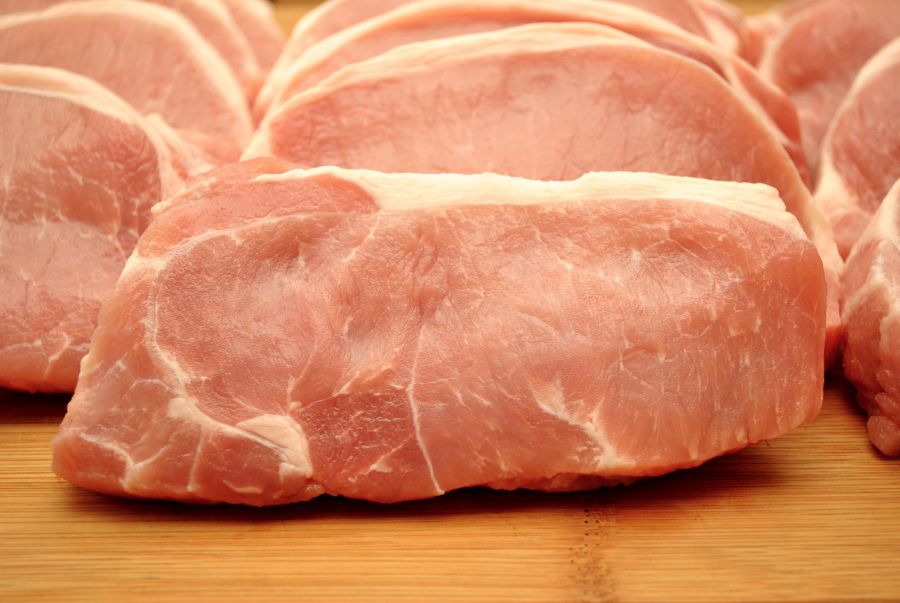
The public's desire to buy pork is at its highest level in three years following a marketing campaigning which reached more than 85% of UK households.
Newly released figures by AHDB shows that its Mix Up Midweek campaign proved popular with British consumers.
It generated over 20 million impressions on social media and 3 million impressions via video on demand.
And eight in ten consumers were questioned by the AHDB, claiming they liked the adverts.
Forty percent said they remembered seeing the adverts, equating to nearly double the food and drink industry average of 21%.
It comes against the backdrop of significant retail growth for pork across the last year, making pork the fastest-growing protein by meal occasion in the last 12 months.
Independent retail sales data from Kantar showed a 71.1% increase in sales of pork medallions in the year to 21 February 2021.
During the same period, pork meal occasions grew by 20 percent, outstripping all other proteins.
Angela Christison, AHDB sector strategy director for pork, said the latest campaign triggered a 'very positive reaction' from consumers.
"The desire to buy pork is now at its highest level in three years," she explained, "Supporting a positive attitude towards pork is a long-term strategy.
"We’re keen to continue building upon the success of previous phases of the campaign as we see more and more consumers cooking pork throughout the week.
“The support from farmers, processors and retailers for these campaigns has been great and allows us to act as a united industry to support pork consumption.”
The latest £1.3m campaign was part of AHDB’s drive to shift consumer attitudes to pork by positioning it as a healthy and versatile option for a midweek meal.
The campaign featured a light-hearted national TV advert, complemented by the use of video on demand, social media and advertising in supermarkets.
